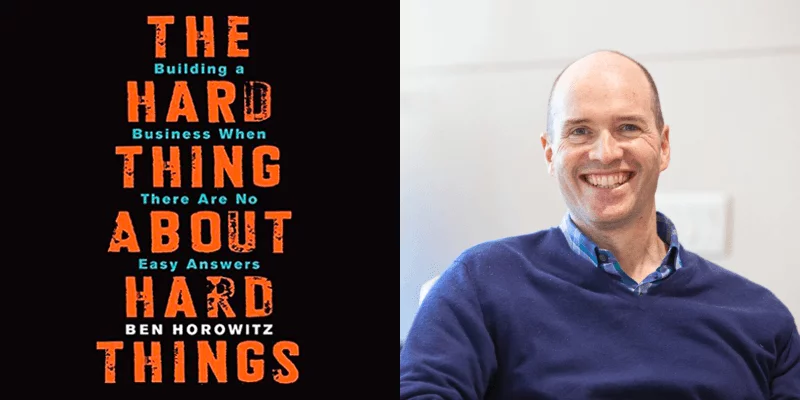The Checklist Manifesto – Atul Gawande
Though I had bought The Checklist Manifesto by Atul Gawande a while ago, I didn’t get a chance to read it. However, in at least two or three other books I read, Atul’s The Checklist Manifesto kept getting referenced — so I decided it was time to give it a read.
The author shares how checklists play an important role in the construction of high-rise buildings. One wonders — how do such massive structures come up? How do we avoid mishaps, or what happens if something goes wrong? Checklists are the key. Gawande explains that in skyscraper construction, there are two types of checklists — one to ensure routine tasks are completed, and another to encourage communication among specialists when unexpected issues arise. Even at Burger King or Taco Bell, operations are driven by strong protocols — checklists are at work there as well.
The author writes that the airline industry does an excellent job with checklists. With the support of the World Health Organization (WHO), Atul Gawande and his team conducted an experiment to see how checklists would work in hospitals. They selected eight hospitals around the world and began implementing a 19-item surgical checklist. It started with simple but crucial questions — has an antibiotic been given to the patient prior to surgery? Have the team members introduced themselves? Are we operating on the correct patient? Is it the right eye or left eye? Has the patient been informed about the procedure? Simple things — yet a checklist like this helps save lives.
Surgery essentially has four major killers wherever it’s done in the world: infection, bleeding, unsafe anesthesia, and what Atul calls “the unexpected.” After introducing the checklist, deaths dropped by nearly 47%, and major complications fell by more than 35%.
Gawande also shares the story of US Airways Flight 1549 from New York’s LaGuardia Airport to North Carolina. After a bird strike led to engine failure, Captain Chesley “Sully” Sullenberger and First Officer Jeff Skiles made an emergency landing on the Hudson River. All 155 people on board survived. While the media celebrated Captain Sully, he credited his team — teamwork and the discipline of following checklists helped save lives. Interestingly, Captain Sully and First Officer Skiles were flying together for the first time.
One of the most powerful parts of the book is the ending. Atul describes treating a patient with a tumor in the right adrenal gland. The plan was to remove it. However, as he separated the tumor, he accidentally tore the vena cava, causing a cardiac arrest and intense bleeding. With the help of the checklist culture and teamwork, they managed to save the patient’s life — though the patient did lose sight in one eye. Atul was vulnerable and open about his mistakes and the things he could have done better. Nevertheless, he was thankful that the patient’s life was saved.
My Take on the Book:
What stood out to me the most is how something as simple as a checklist can make such a difference — not just in hospitals or airplanes, but in almost any organization. We often associate improvement with big innovations or complex systems, but Atul Gawande reminds us that excellence often lies in getting the basics right, consistently. Thanks Atul and I loved the ending.




Leave a Reply